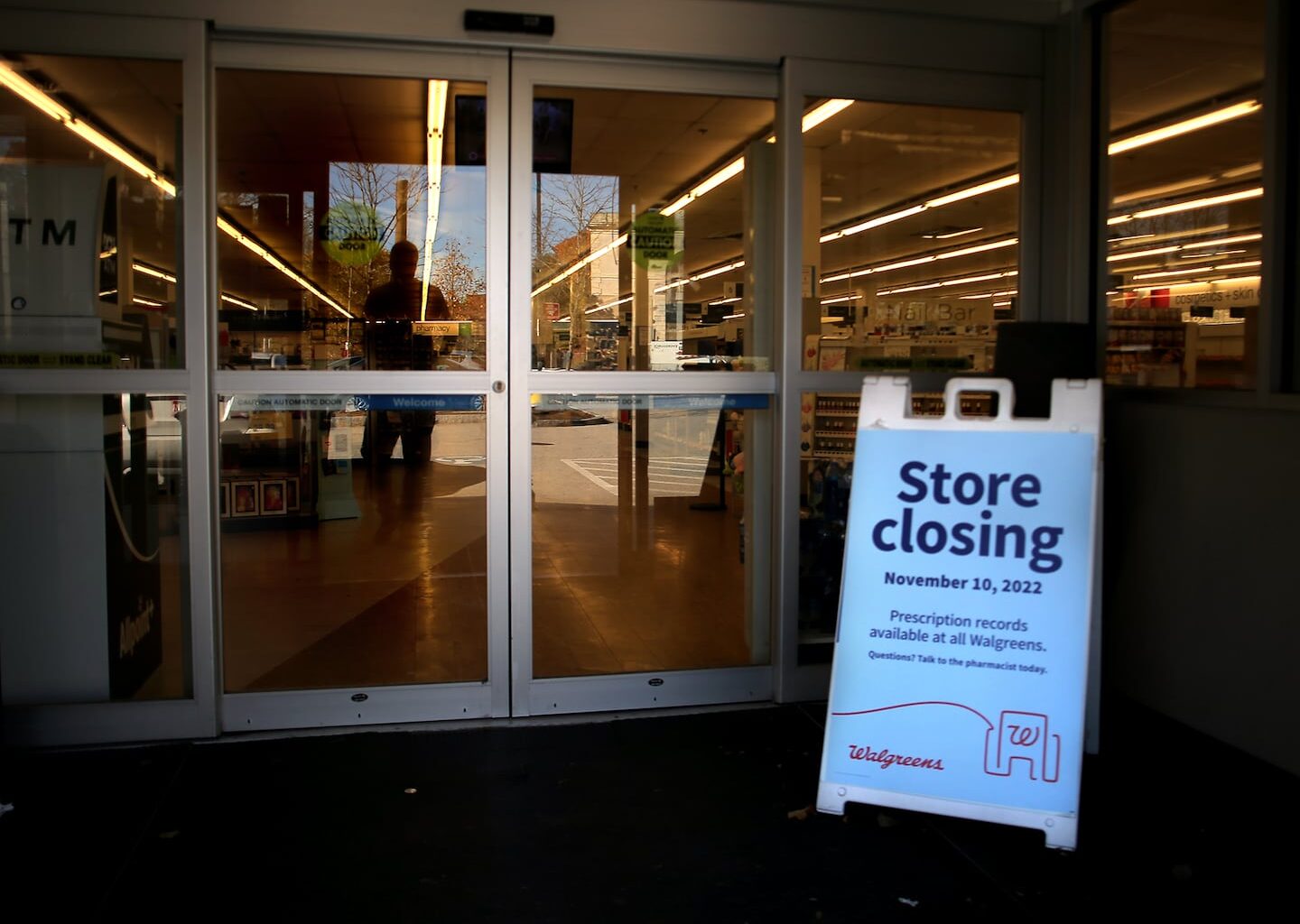Pharmacy shortages can be detrimental to both customers and the broader health system. Pharmacy closures are associated with older adults skipping heart medications and increased use of hospital and emergency department services.
“Without access to this source of care, residents may turn to higher-cost care settings like emergency departments, which further burdens our health care workforce, drives up spending, and leads to worse health outcomes,” David Seltz, executive director of the Health Policy Commission, said in a statement. “It is imperative for the Commonwealth to increase and sustain pharmacy access.”
The loss of nearby pharmacies affects access not only to drugs, but also to primary care. In Massachusetts, where the shortage of primary care providers has become acute, pharmacists can step in to provide some services, including administering vaccines.
Under contracts with prescribers called Collaborative Practice Agreements, pharmacists can answer patients’ questions, order labs, and even adjust medication doses, said Dr. Kaley Hayes, associate director of pharmacoepidemiology at Brown University’s Center for Gerontology and Healthcare Research.
“We are living in a very strained system that is getting more strained by the day, and we are running out of levers to pull to make sure that people still have access to care,” Hayes said. “Pharmacy deserts compound that issue by removing one more health care professional.”
Since 2019, the number of pharmacies in Massachusetts has shrunk by nearly 200, or about 17 percent. Small chain and independent drug stores and pharmacies operating in grocery stores saw the highest proportions of losses.
Some of the hit to independent pharmacies can be blamed on the consolidation of retail pharmacy chains and pharmacy benefit managers, the middlemen that negotiate drug costs between insurers and pharmacies, the Health Policy Commission said.
The report pointed to mergers, such as the 2007 combination of CVS and pharmacy benefit manager Caremark, as disadvantaging smaller pharmacies, since Caremark could give CVS preferred prices and steer customers to the large chain.
CVS and Walgreens are also cutting back, as they come under pressure from pharmacy benefit managers to control drug costs and retail profits decline. The number of Massachusetts stores owned by large chains fell to 578 from 630 to over the past year, according to the report.
The Health Policy Commission considered several factors in defining pharmacy deserts. Rural areas were considered a desert if they did not have a pharmacy within five miles. Urban areas were considered a desert if they lacked a pharmacy within one mile. Those distances were halved for areas with below-average vehicle ownership or more than 20 percent of households sitting below the federal poverty level.
Overall, the Health Policy Commission found that pharmacy deserts tended to be in neighborhoods with lower population density and a slightly higher proportion of residents over the age of 65.
New pharmacy deserts are appearing in Massachusetts’ largest cities. Springfield, for example, added six new deserts, while New Bedford added five.
Worcester was able to rid of two pharmacy deserts, but six others appeared after drug stores closed. Boston removed two pharmacy deserts, but five others popped up.
The report is the first by the Health Policy Commission to specifically evaluate pharmacy deserts. The next phase of the research will focus on understanding the factors that contribute to pharmacy closures, said Yue Huang, associate director for the Office of Pharmaceutical Policy and Analysis at the commission.
Huang said that different types of pharmacies face different kinds financial pressures and incentives, which her team is considering as they evaluate ways to combat the creation of deserts.
“It’s important that when we’re thinking about potential policy recommendations, we avoid painting with broad strokes,” Huang said.
Marin Wolf can be reached at marin.wolf@globe.com.
